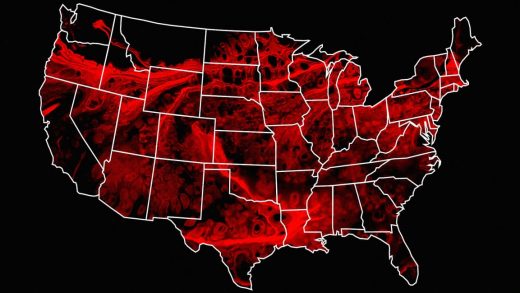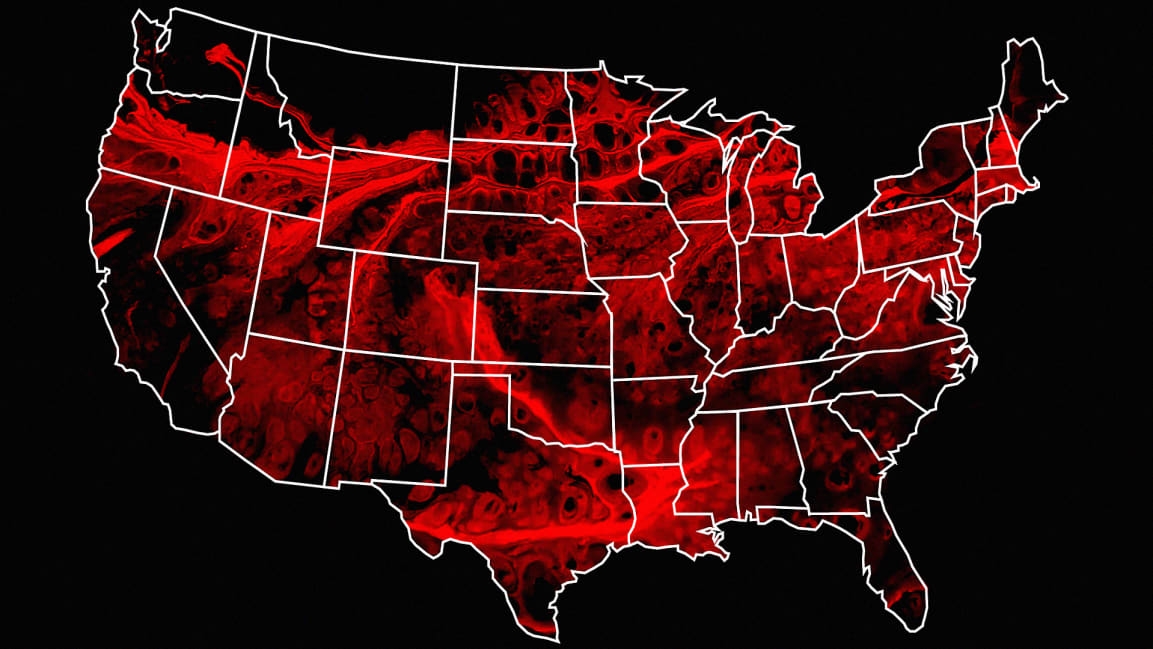What is a COVID-19 red zone? Do you live in one? Here’s how to find out
More than four months into the pandemic, COVID-19 shows little signs of abating. Hot spots continue to pop up across the United States, and the country just set a record for daily new infections.
The situation is so dire that the White House Coronavirus Task Force reportedly would like to see reopenings rolled back in 18 states. That’s according to a July 14 document obtained by the Center for Public Integrity. Alarmingly, the document was not officially made public, but CPI published all 359 pages on its website. The recommendations—including limiting large gatherings, closing bars, and mandating masks—suggest that a number of states will have to take more serious measures if they want to control the spread of the virus.
In clearly spelled-out terms, the document also lists which states are in so-called red zones. It defines red zones in two different ways:
You can check out the full document on CPI’s website to see which states are in a red zone for each criteria. As of today, states across the south, including Florida, Louisiana, Texas, Alabama, Nevada, and Georgia, are seeing some of the biggest increases per capita, according to a tally by the New York Times.
Since case counts and positivity rates change daily, it might be a good idea to check your state or county against these criteria to see if you’re in a localized red zone. Even if your state’s not on the list, you could be in a hot spot. Reliable coronavirus data trackers—like the ones from Johns Hopkins or the New York Times—let you see new case counts each day. This Tableau sheet also shows positivity rates.
The task force document isn’t the first to identify red zones. The Harvard Global Health Institute used similar language for its interactive map, although the risk threshold for red—25 cases per 100,000—is slightly different.
(23)



